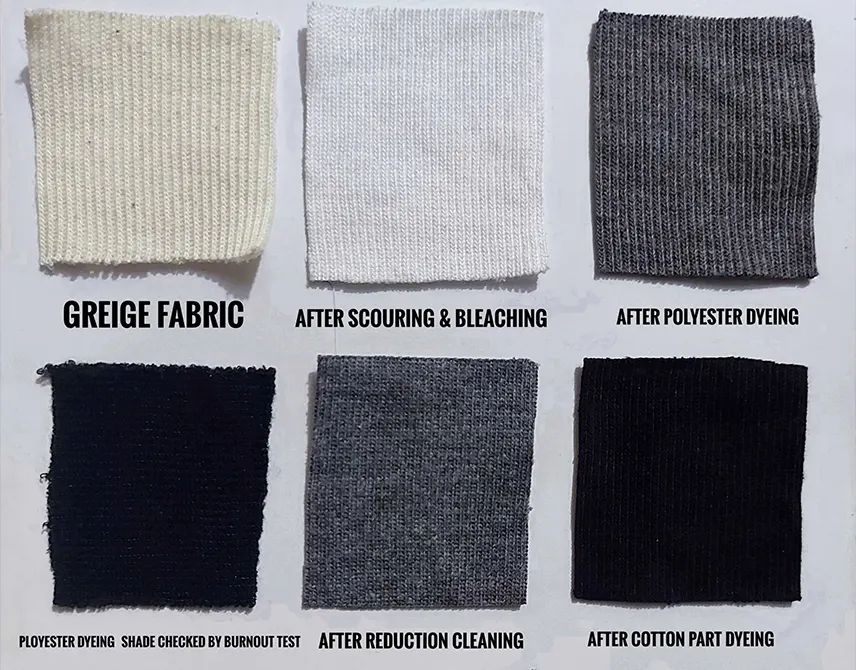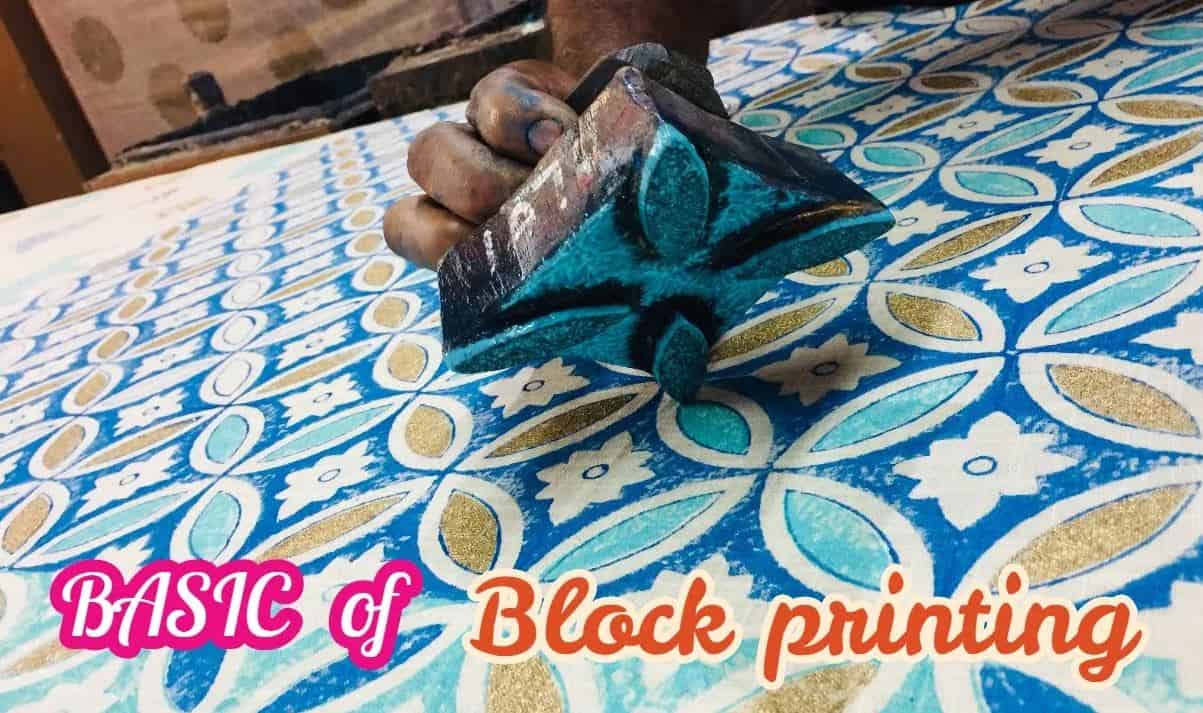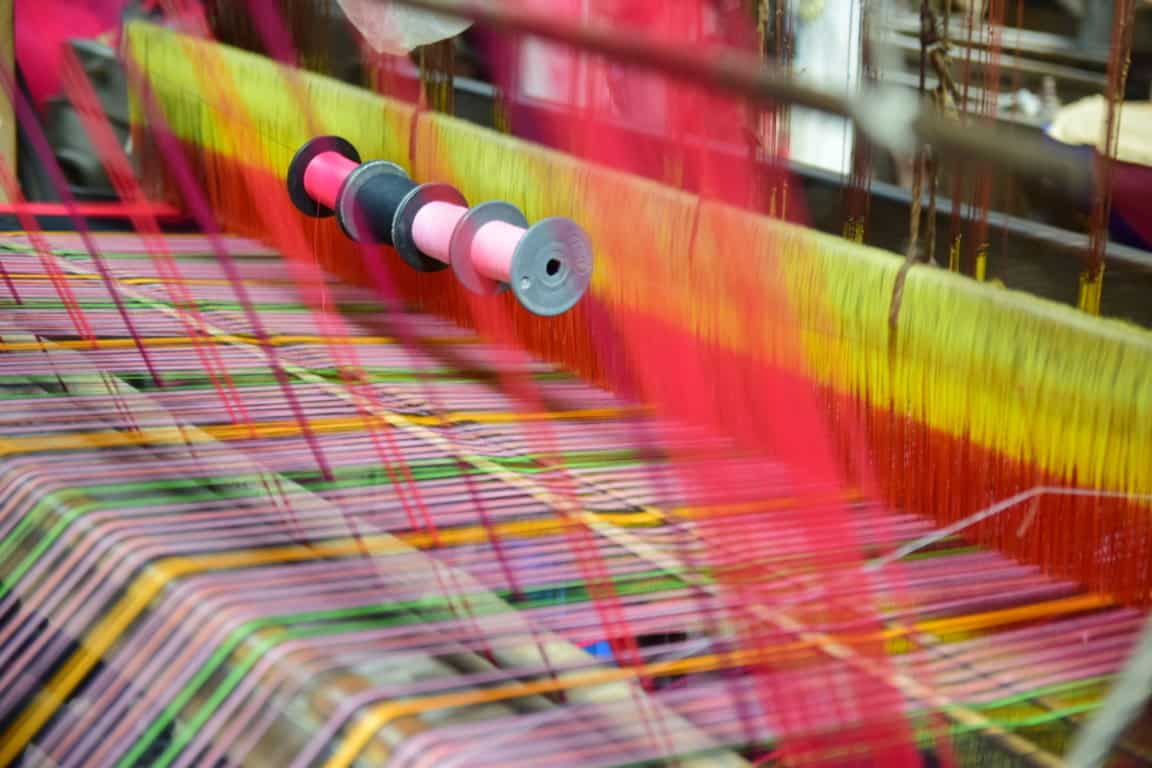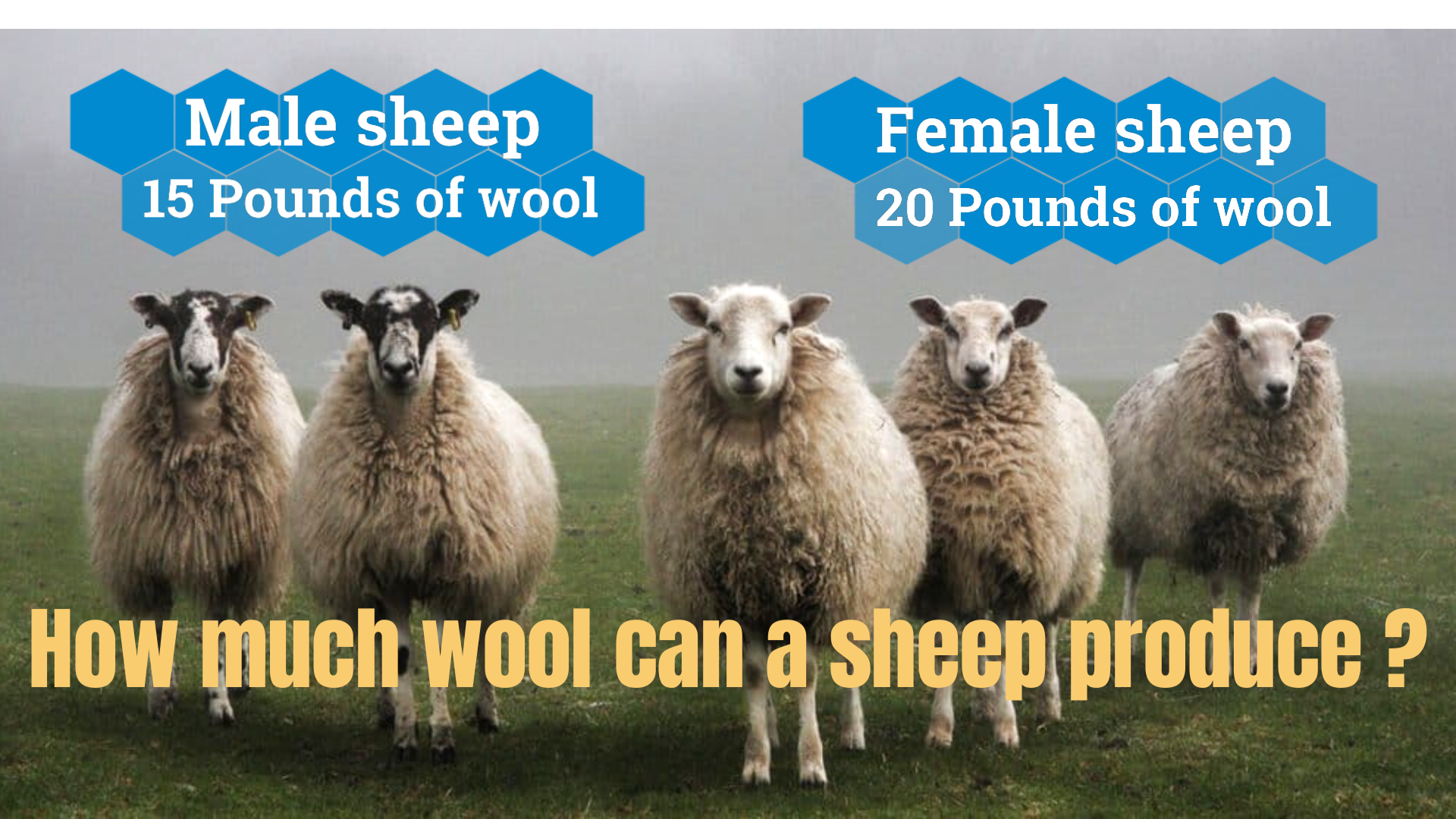Textile Testing:
Textile testing is the process of measuring the attributes and features of the circumstances influencing textile fiber, yarn, and materials by using science and engineering knowledge. It entails utilizing methods, equipment, instruments, and machinery in a lab setting to assess the characteristics of various textile forms (thick, thin place). Textile testing is crucial in the apparel industry to ensure products meet safety, quality, and legal requirements. It helps detect defects in fabric, adhering to global standards like ISO,BS, Oeko-Tex, and ASTM. Textile testing also helps avoid liability or recall by identifying potential issues before they become problems. By adhering to these standards, brands and retailers can ensure their products meet consumer expectations and meet the industry’s standards.

Objectives of Textile Testing:
- Research
- Raw Material Selection
- Process Control
- Process Development
- Product testing
- Specification testing
Why Testing?
Since you, the consumer, desire it.
benefits of textile testing:
- Reduces the risk for every stakeholder in the supply chain, including high-end merchants, manufacturers of yarn and fabrics, and final consumers.
- Minimizes expensive errors and verifies the quality of textile products at every stage of the production process.
- Restricts any liability to the buyer.
- Give your unbiased, professional opinion.
- Aids in maintaining control and enhancing processing speed.
- Assist with research and development.

For what reason do we conduct Textile testing??
The majority of textile and apparel industries look for:-
- Safety
- Legality
- Performance
1. Safety:
- Sharp point
- Sharp Edge
- Button pull test
- Drawstring length for kids garments.

2. Legality:
- Banned amines
- Fiber content
- Formaldehyde content
- Nickel content
- Flammability

3. Performance:
- Color fastness to Washing, Light, Rubbing, Perspiration etc.
- Dimensional stability to Washing, Dry-cleaning etc.
- Skewness
- Abrasion and Pilling

Key factors affecting the Testing Results:
- The Sampling.
- Atmospheric condition during testing.
- Method of testing.
- Instruments used in testing.
- Efficiency of the technique.
Some Crucial Textile Testing Standards :

Different types of textile testing for Textile and Apparel Industries:
Textile testing is a crucial process in the textile and apparel industries to ensure the quality and durability of products. The predominant laboratory tests conducted in the garment or textile sector include:
1. Color fastness testing of Textile:
Resistance to fading refers a dye’s capability to retain its color despite exposure to elements like light, perspiration, air gasses, or washing. These factors can potentially remove or damage the color, but a dye with good resistance will remain vibrant.

2. Air permeability testing of Textile:
Air permeability is the measure of the speed at which air flows across a specific area under particular conditions of pressure drop and time. The test principle involves measuring the rate of flow across the fabric test area within a specific time period, at a particular pressure difference. In the textiles and clothing industry, professionals frequently use air permeability to assess and compare the breathability of different fabrics, both coated and uncoated. This evaluation is particularly relevant for products like raincoats, tents, and uniform shirting. It aids in assessing the efficacy of parachutes, sail cloth, industrial filter fabrics, and the materials used to cover cushions.

3. Flammability testing of Textile:
Flammability refers to the capacity of a substance or item to ignite and sustain combustion when subjected to specific testing conditions.
4. Fiber Identification testing of Textile:
To differentiate various types of fiber, experts use two distinct methods. The non-technical tests and the technical tests. The non-technical test consists of a sensation test and a burn test, whereas the technical test consists of a microscope test and a chemical test.
5. Physical and Mechanical Testing Of Textile:
The fiber type, yarn construction, fabric structure, and any applied treatments all have an impact on the physical and mechanical qualities of these fabrics. Various fabric performance parameters are evaluated for different applications. Fabrics differ from other uniform substances as they are composed of diverse components, making them heterogeneous materials. It is crucial to acknowledge that the three key components for any test are the sample technique, the conditions of measurement, and the equipment used. The examination and evaluation of the physical and mechanical properties of textiles encompass the subsequent tests-
6. Tensile Strength Testing Of Textile:
This is the highest documented tensile force applied to a test piece until it reaches the point of breaking. The measurement of tensile stress-strain properties is the predominant method for assessing the mechanical characteristics of fabrics. To ascertain how a specimen responds to a uniaxial tensile force, experts utilize a tensile strength test. From this, they can derive the breaking load and elongation. The test follows a straightforward principle: securely hold the test specimen at two or more points and gradually stretch it until it breaks.

7. Tear Strength Testing Of Textile:
This test method determines the tear force required to propagate a single-rip tear of defined length from a cut in the fabric when a sudden force is applied.
This method applies to fabrics which do not tend to tear in a direction crosswise to the direction of force applied. Hence it is mainly applicable for woven fabrics. In general the test is not applicable to knitted fabrics and woven elastic fabrics. It is not suitable for highly anisotropic fabrics or loose fabrics where tear transfer from one machine
8. Seam Strength Testing Of Textile:
There are two geometric shapes utilized for the seam strength test: transverse and longitudinal. These shapes are depicted in the accompanying image. Method A, known as the transverse direction, is suitable for materials that are relatively inextensible, such as woven and stable warp knit structures. The longitudinal orientation (Method B) is suitable for extensible textiles, such as knitted, elastic, and very resilient fabrics. The test specimen is positioned centrally between the upper and lower jaws, with the seam oriented either perpendicular or parallel to the jaws, depending on the specific test procedure. The sample is thereafter elongated at a consistent pace until it experiences rupture.
9. Seam Slippage Testing Of Textile:
Seam slippage refers to the inclination of a seam to separate when a force is applied in a direction perpendicular to the seam’s alignment. It can occur in a garment or household item due to various factors.
10. Burst Strength Testing Of Textile:
Tensile strength tests are typically employed for woven materials, where there are clearly defined warp and weft directions in which the strength can be quantified. However, specific textiles, such as knitted materials, possess distinct characteristics. Lace or non-woven materials lack clear orientations where their strength is maximized. Bursting strength is an alternate technique for assessing the strength of a material, where the material is subjected to stress in all directions simultaneously.
This method is particularly appropriate for materials with such characteristics. Additionally, there are textiles that experience stress from all directions during use, such as parachute fabrics, filters, bags, and nets. In these cases, it is crucial to subject them to realistic levels of stress. A fabric is more prone to failure due to bursting during use rather than breaking through a straight tensile fracture. This is because the tension exerted at the elbows and knees of clothes is of the bursting kind.

11. Abrasion Resistance Testing Of Textile:
Abrasion refers to the erosion of a fabric caused by friction with another surface. Throughout their lifespan, fabrics undergo abrasion which can lead to wear, degradation, damage, and a decline in performance. Nevertheless, the capacity to withstand abrasion is just one of several aspects that influence the overall wear performance and durability.

12. Water Permeability testing Of Textile:
Many fabric applications, especially those used outside, necessitate the material to be relatively impervious to rain. These encompass outerwear garments like raincoats, as well as industrial-grade cloth tents and tarpaulins. There are generally two primary categories of water resistance, which are primarily determined by the treatment applied to the fabric.
13. Dimensional stability testing Of Textile:
Dimensional stability is the capacity of an object or material to retain its initial shape and size when exposed to different environments or external forces. A fundamental problem with many textiles is their natural vulnerability to shrinkage or expansion when exposed to heat, moisture, and different detergents. Dimensional stability tests evaluate the fabric’s ability to endure and survive alterations in its dimensions. These tests involve subjecting the fabric to several conditions, such as washing, heat, and humidity, and then evaluating its size and shape before and after the test. Most textile manufacturers use ISO 5077, a widely recognized test method, to measure the dimensional stability of materials.

14. Pilling Testing Of Textile:
Pilling is a common problem that occurs with clothing and fabrics. It occurs when fibers become intertwined or compacted, resulting in the formation of little fabric balls on the surface. Pilling tests assess the resilience of a fabric against the development of small fiber balls by subjecting it to repetitive friction and abrasion for a specified period of time.
Testing terms as the simulation of what can happen. In case of textile testing, it is the process of conducting an experiment to determine a material’s properties regarding textile attributes.

References:
- Principles of Textile Testing by J E Booth.
- Handbook of Textile Testing and Quality Control by E. B. Grover, Elliot Brown Grover, Dame Scott Hamby.














7 thoughts on “Testing of textiles: Why is It Important for the Textile and Apparel Industries?”
Informative write-up Really appreciates this effort….
We need more and more article like that sir ✌️✌️✌️✌️✌️✌️✌️
Thanks for your continuous support.
It’s a great note for textile engineers and it’s related person! Who will read it, they will learn some important points about textile testing!
Thank you so much dear sir for sharing!
Thanks for your valuable comment.
It’s great note for textile engineers and it’s related person! Who will read it ,they will learn more new points about textiles testing ! Thank you so much sir for sharing .
Thanks for your valuable comment.
❤️❤️